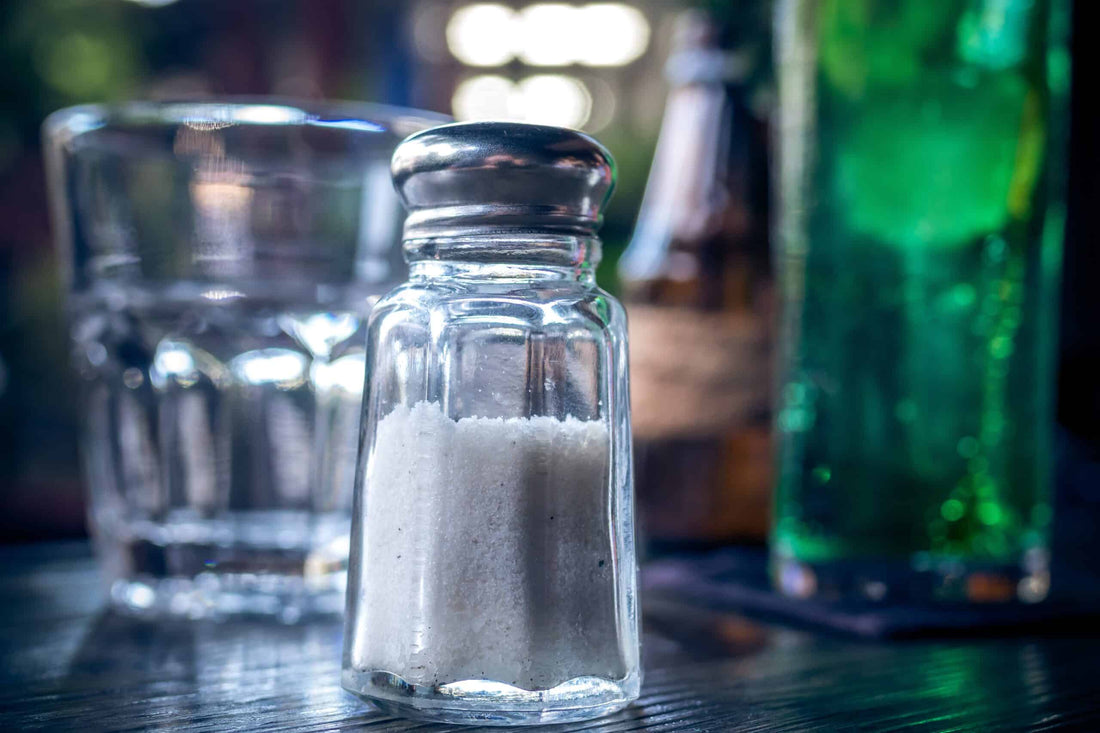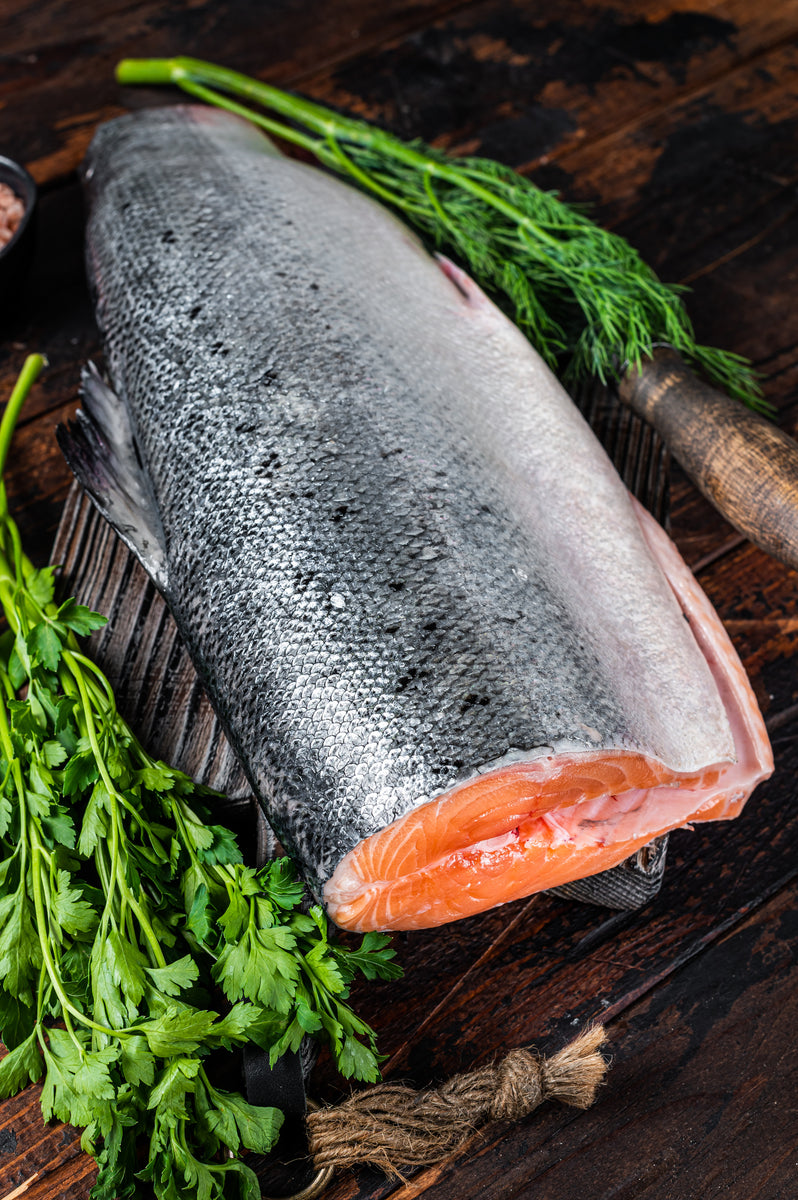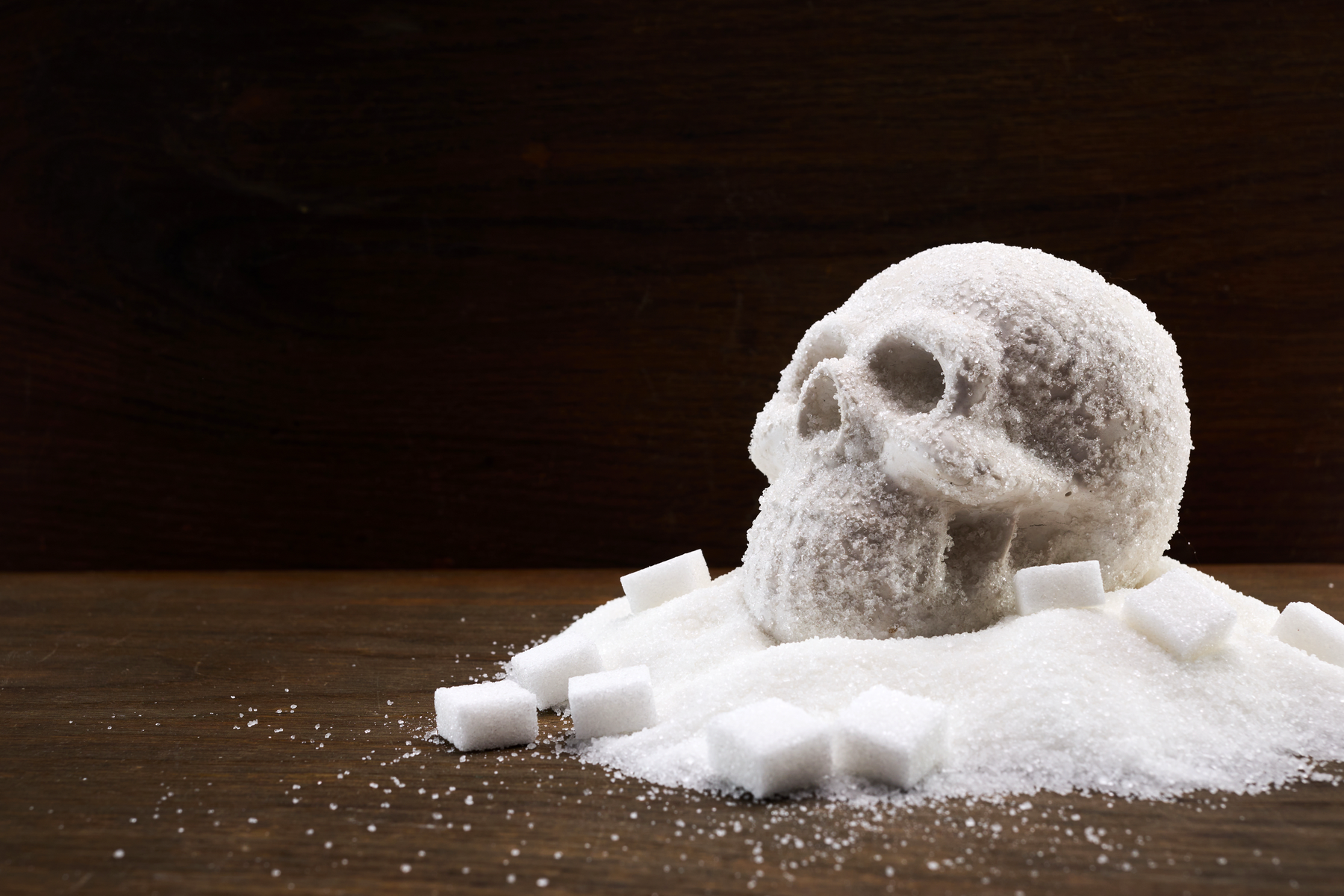Sea Salt vs Kosher Salt vs Table Salt: What’s the Difference?
Dr LivingoodShare

Salt: it’s in almost every popular dish, and it’s a vital mineral for bodily health. But did you know that there are dozens of different salt types throughout the world, each with a slightly different flavor profile and appearance?
Three of the most common salt varieties are sea salt, kosher salt, and table salt. But what are the differences between these types? Let’s take a closer look at each salt type, so you know which to use in your kitchen.
3 Types of Salt: Differences and Similarities
Technically, all versions of salt are structurally identical. After all, to be salt, the mineral has to be comprised of both sodium and chlorine. Salt in any form is necessary for your body’s health as it serves as a key electrolyte for your nervous and other systems.
The majority of the world’s salt comes from evaporating seawater and other liquids that have a high concentration of the mineral. But other salts are harvested in different areas or ways, which can affect the resulting texture or taste of salt crystals.
Let’s take a closer look at all three major types of salt to examine their differences.
1. Sea Salt
Sea salt is the kind that is processed the least before you eat it. As the name suggests, it’s collected from evaporated seawater, and it can come in many colors since residual minerals from the water may alter its composition.
Regardless, sea salt crystals are usually relatively small and irregular. Sea salt can be found in grocery stores and is favored in many cooking recipes since they’re easy to mix with broths and other liquids due to its low density. Also, thanks to their purity and absence of chemical additives, they also taste better and are the healthiest option. Pair it with pepper for some scrumptious creations!
2. Kosher Salt
Kosher salt is table salt with one big difference: its crystals are larger than average. A “kosher” food is any food or ingredient that adheres to Jewish dietary rules or traditions. In the Jewish culture, blood has to be extracted from any meat before it can be eaten.
How does this relate to kosher salt? Since kosher salt has a flaky, coarse structure, it’s very good at absorbing excess blood and other liquids. This makes it a natural match for Jewish recipes or households, as it allows blood to be removed from meat more efficiently.
The texture of kosher salt also changes its flavor burst or experience for someone who eats it. Modern chefs sometimes recommend kosher salt or prefer it when preparing meals since it’s easier to pick up with the fingers and scatter over dishes. However, kosher salt tastes essentially the same as “regular” table salt when dissolved.
Because kosher salt crystals are large and coarse, purchased kosher salt sometimes has fewer additives, such as iodine or anti-caking agents.
3. Table Salt
Table salt is the most refined variety of salt. It is usually mined from underground salt deposits instead of being harvested from evaporated seawater. Most harvested ground salt is further refined so that the resulting product is made of evenly shaped, extremely fine crystals.
The heating process used to further refine ground salt will remove any impurities in the salt along with any beneficial minerals or nutritional value. So a given spoonful of table salt will be denser than a spoonful of kosher salt, for instance.
Due to geological processes, salt mined in this way is oftentimes finer and more ground up. With such finely ground salt, it is easier for the salt to become clumpy. This causes the salt to go through another process which involves adding anti-caking agents. Other additives to table salt can include MSG, fluoride, and bleach to make it white.
Table salt is favored by restaurants and other organizations since it’s very easy to dissolve in broth and liquids. But in processed foods and fast food establishments, this form of salt is added in excessive amounts which can be detrimental to our health. It should be avoided at all times as it is an overly processed food that causes more harm than good.
Which Salt is the Healthiest?
Although not everyone can taste the difference between the various salt types, most foodies and salt connoisseurs would have to be quite desperate before they’d reach for anything but high-quality sea salt! Aside from taste, however, the real difference between salt types is in health.
When it comes to salt intake, regardless of the variety you choose, a good balance is recommended as both too high and too low of a sodium intake can lead to health issues.
Here’s Why Sea Salt is the Healthiest Type of Salt
That being said, salt from the sea is the absolute best option as it is significantly less processed than kosher or table salt. Sea salt is formed from evaporated seawater and does not go through a heating process. Unprocessed salt means that the natural health benefits of the minerals are kept intact.
There are many different types of natural and unprocessed sea salts to choose from that will give your dish the flavor and texture you desire, but Himalayan is the purest. Himalayan sea salt has around 80 trace minerals and less sodium than your average table salt.
These trace minerals assist your body with pH, dehydration, detoxification, electrolytes, and the healthy function of your major organs. Some experts even believe they can support kidney and gallbladder health and boost libido! Pure salts from the sea are also gorgeous and make a pleasant and delicious addition to meats, soups and liquids, pastries, and vegetables!
The Least Healthy Type of Salt
Table salt has been stripped of all its important minerals., then ground so finely that manufacturers add in anti-caking agents (chemicals) to keep the salt free-flowing. These are the reasons why it is such a less healthy option! It’s inferior in taste and far inferior for health.
What About Differences In Appearance?
Different salt types can indeed have appearance differences, such as differences in texture or color. In most cases, color differences come from impurities in the surrounding medium of the salt (i.e. dirt or water). But any salt that reaches the grocery store will be checked for harmful impurities beforehand. Color differences are mostly aesthetic.
In some cases, such as with Himalayan pink salt, there are minor but detectable taste alterations. Himalayan pink salt has iron oxide, which gives it the trademark pink color. Many people notice a significant difference in taste with Himalayan pink salt compared to regular table salt.
Summary
Ultimately, table salt should be avoided as natural sea salt is an infinitely better option. It’s tastier, prettier, and so much better for you! Who knows — soon, you may be impressing your guests with your colorful sea salt collection of beautiful varieties from all around the world!
Share
Related Articles
Most Popular
-
The 5 Amazing Benefits of Omega-3s
August 13, 2024 -
Healing Your ‘Second Brain’: The Path to a Healthier Gut
August 13, 2024







